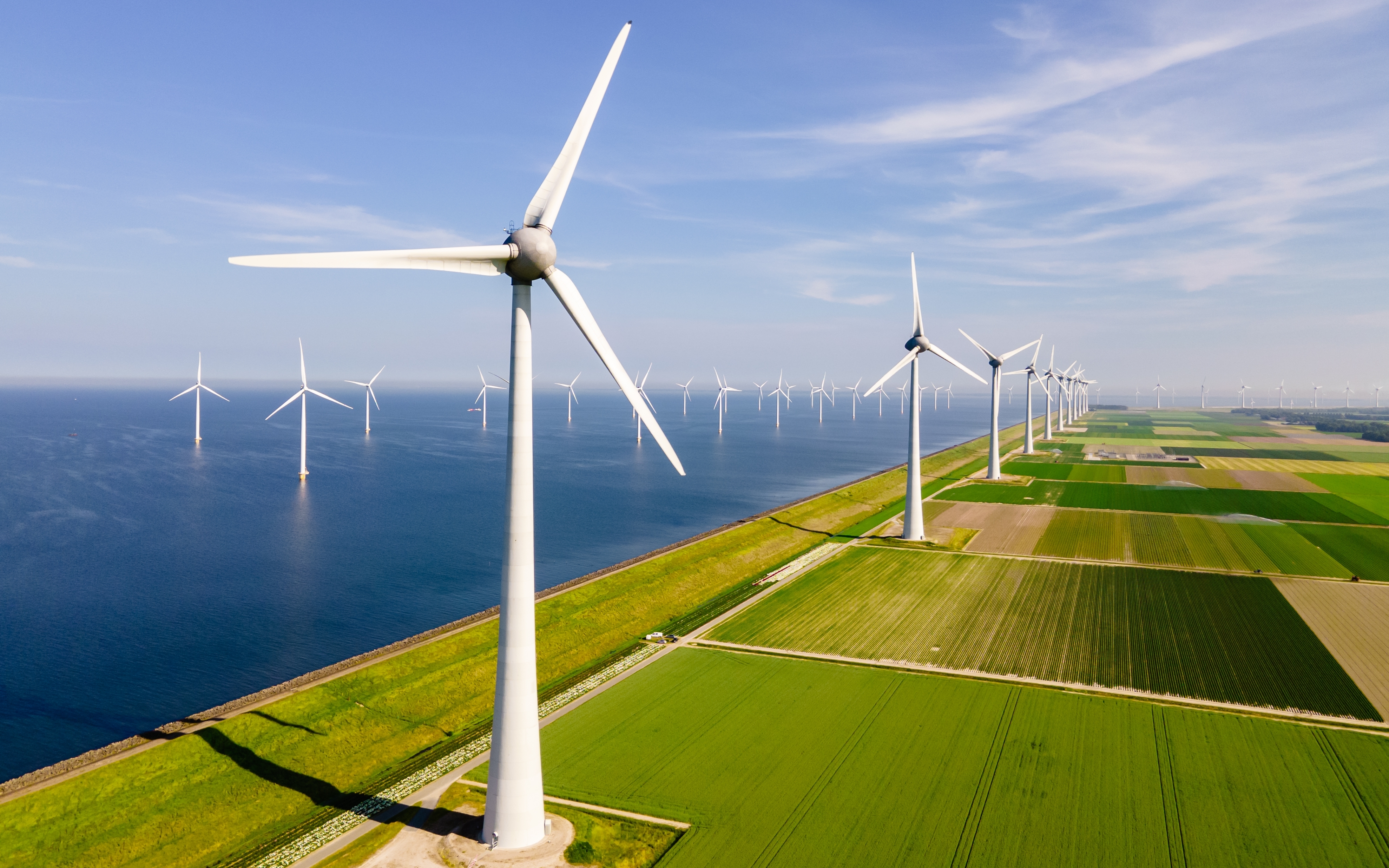
One day in the distant future, the last oil derrick will cease to pump. The last offshore rig will be vacated. The last load of shale oil will be extracted. And in their place, truly renewable sources will meet the ever-growing demands of a world hungry for energy. Until then, energy producers need to focus on a more practical short-term goal: operational optimization.
The reason for this is clear—optimization boosts sustainability, and sustainability is the future. But as efforts to introduce cleaner energy options continue to advance, the fact is that our world will still be reliant on hydrocarbons for the foreseeable future. The good news is, sustainability isn’t an on-off switch; power generation is not necessarily “sustainable” or “unsustainable.” Rather, sustainability exists on a spectrum and there are steps that energy producers can take starting today to reduce the environmental impact of their business, while also cutting costs.
This won’t require a miracle, but it will require the assistance of emerging technology that still may seem miraculous to many: quantum-inspired computing. We recently released an article exploring how Fujitsu’s quantum-inspired Digital Annealer is helping energy producers reimagine what it takes to be successful in an era of extreme volatility and new risks involving supply, demand, transport and a host of other challenges.
Tackling those challenges individually is a daunting enough task, but facing them head-on all at once in a way that integrates to achieve business goals is nearly impossible using conventional methods. Fortunately, there’s nothing conventional about the Digital Annealer. For starters, it is up to 10,000 times faster than industry-standard computing, allowing an astronomical amount of data to be processed quickly and accurately. This can help with critical data-driven decisions in the areas of:
Drilling and completion scheduling: Oil companies typically have more wells available to drill than they have rigs. Where, and in which order, should those rigs be deployed?
Transport channel optimization: Energy producers employ a variety of transportation modes to transport huge volumes of fuel every day. Which mix offers the safest and most cost-effective transport today? What about next week? Next month?
Turnaround optimization: Shutting down production on plants and facilities for corrective or preventive maintenance can be an expensive proposition. What is the optimal schedule to minimize costs and downtime?
So until the day arrives that we’ve burned the last fossil fuel, making energy operations as efficient as possible is a responsible, sustainable approach to making the world go around—and gives us the power to create a better future.









